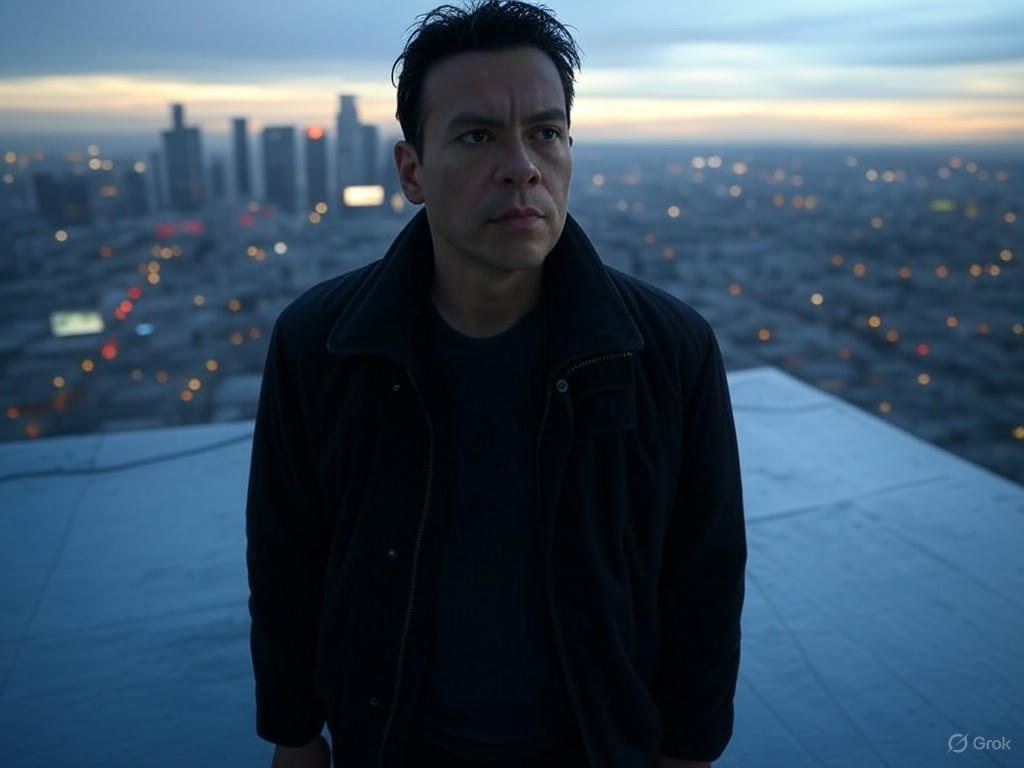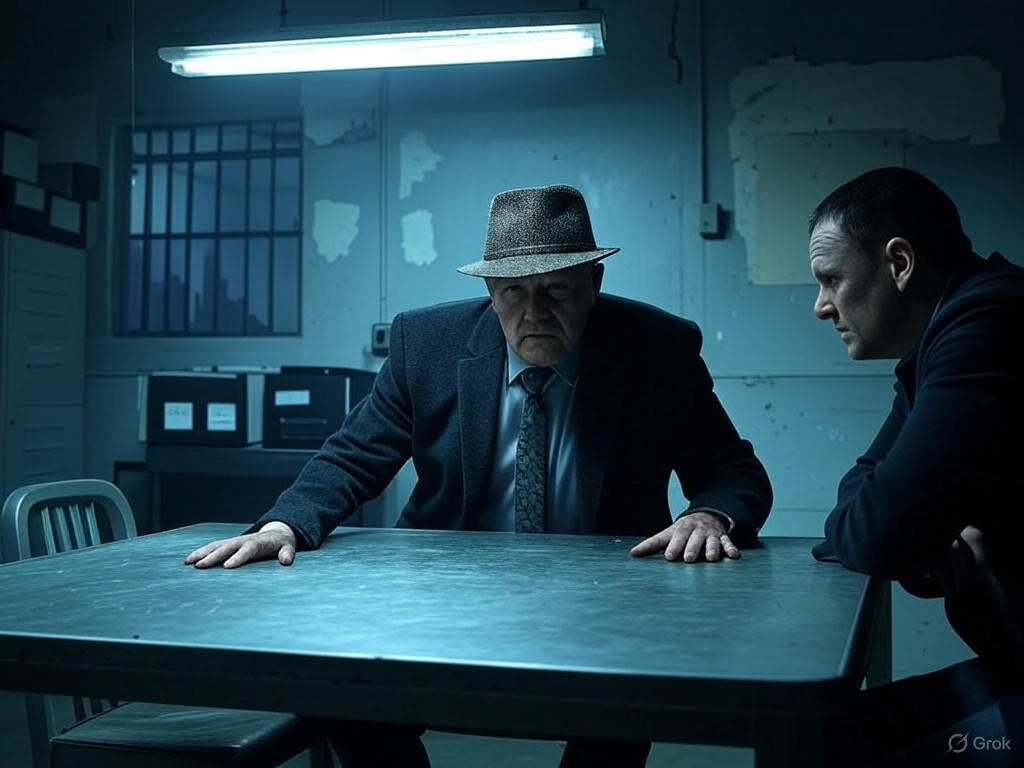Hollywood’s 21st Century Canon: A New Classic Era
In the dim glow of a crowded theater, where the scent of popcorn mingles with the electric hum of anticipation, the magic of cinema has always been about escape and reflection—stories that capture the human spirit in its raw, unfiltered form. Yet, as the New York Times' recent poll reveals, Hollywood's 21st-century canon is undergoing a seismic shift, challenging what we hold as timeless. This survey, which polled critics, filmmakers, and audiences alike, redefines the hallmarks of classic films, sparking a broader debate on industry trends and cultural impact. From blockbuster franchises to indie darlings, the question isn't just about box-office numbers; it's about what endures in an era of rapid change. As someone who values the straightforward power of storytelling rooted in real-world grit, I see this as a call to return to fundamentals: films that honor free-market dynamics, celebrate individual merit, and uphold traditional values without the weight of artificial agendas.
This discussion isn't merely academic. Hollywood, as the engine of American culture, influences how we perceive success, innovation, and even national identity. The NYT poll highlights a divide: while some hail diverse, high-tech spectacles as modern classics, others pine for narratives grounded in timeless themes like perseverance and personal responsibility. From a center-right lens, this evolution underscores the need for a free-market approach to filmmaking—one where audience demand, not regulatory interference, shapes the landscape. Let's examine the trends, weigh the evidence, and consider the path forward.
The Shifting Landscape of 21st-Century Hollywood
Hollywood's evolution in the new millennium reflects a broader cultural tug-of-war, with industry trends accelerating toward spectacle over substance. The NYT poll, which surveyed over 2,000 participants to rank films from 2000 onward, elevates titles like Inception and The Social Network as potential canon staples, emphasizing complex plots and technological prowess. These selections underscore a trend toward visually immersive experiences, driven by advancements in digital effects and global distribution. Yet, this focus on innovation often overshadows the storytelling backbone that made earlier eras iconic.
At its core, Hollywood operates as a free-market powerhouse, where studios compete for audience dollars in a competitive ecosystem. According to a analysis by Variety, the industry's reliance on intellectual property (IP) has surged, with sequels and reboots comprising over 70% of major releases in the past decade Variety - Hollywood's IP Boom. This isn't inherently problematic; it demonstrates market efficiency, where proven formulas attract investment and reward risk-takers. Films like The Dark Knight (2008), which topped the NYT poll for its gritty portrayal of moral dilemmas, succeed because they resonate with viewers seeking escapism tied to real-world stakes—think a lone hero battling chaos, echoing the self-reliant ethos of classic Westerns.
However, this market-driven model faces challenges. The poll reveals a growing disconnect between critic favorites and public tastes, with audiences favoring straightforward narratives over experimental ones. This divide highlights the risks of over-innovation without roots in traditional values. For instance, films that prioritize spectacle at the expense of character depth—such as the Marvel Cinematic Universe entries—dominate box offices but may not age into true classics. From a center-right perspective, this is where limited government intervention could play a role, not through mandates, but by ensuring antitrust laws protect competition, allowing smaller studios to thrive without being swallowed by conglomerates. As the Wall Street Journal notes, recent mergers in the industry have consolidated power, potentially stifling the very creativity that fuels cultural classics Wall Street Journal - Hollywood Mergers Impact.

This iconic scene from Inception exemplifies how visual innovation can enhance storytelling, but only when grounded in human conflict and resolve.
Evidence from the Front Lines: What Defines a Classic?
To understand what's at stake, let's delve into the evidence. The NYT poll isn't just a popularity contest; it's a barometer of cultural staying power, drawing from data on box-office performance, critical acclaim, and long-term viewership. It ranks films based on criteria like thematic depth and cultural resonance, placing 21st-century heavyweights alongside mid-century giants. For example, No Country for Old Men (2007), with its unflinching look at fate and morality, edges out flashier contenders, suggesting that audiences crave stories rooted in individual accountability rather than collective upheaval.
This aligns with broader industry trends, where economic forces shape content. A report from the Hollywood Reporter indicates that international markets now account for over 60% of a film's global earnings, pushing studios toward universally appealing themes—action, adventure, and personal triumph—that transcend borders Hollywood Reporter - Global Box Office Trends. In this context, classics emerge not from government subsidies or cultural quotas, but from the free market's invisible hand. Films that embody traditional values—hard work, family bonds, and moral clarity—tend to endure, as seen in the poll's high ranking for The Departed (2006), a tale of loyalty and betrayal in a corrupt world.
Yet, balance demands we acknowledge counterpoints. Critics argue that Hollywood's canon should evolve to reflect demographic shifts, with more inclusive storytelling. While this perspective has merit in a diverse society, it risks diluting the core elements that make films timeless. A study from the American Film Institute underscores how economic incentives drive quality: when studios focus on market-tested scripts rather than trend-chasing, they produce enduring works American Film Institute - Film Trends Report. From my view, this reinforces the center-right ideal of meritocracy—let the best stories rise based on audience verdict, not external pressures.

In The Departed, director Martin Scorsese masterfully weaves themes of personal honor and consequence, reminding us that true classics hinge on character-driven tension.
The Debate: Free Markets and the Future of Culture
The NYT poll ignites a debate that extends beyond entertainment into public policy and social trends. Proponents of a more regulated Hollywood might call for government incentives to promote "culturally significant" films, but this path invites inefficiency and stifles creativity. Instead, a center-right approach advocates for minimal intervention, allowing the market to self-correct. As audiences vote with their wallets, as detailed in a Forbes analysis of streaming data, platforms like Netflix are democratizing access, enabling niche stories to find footing without bureaucratic hurdles Forbes - Streaming and Market Dynamics.
In this light, what makes a 21st-century classic? It's not just technical flair or cultural buzz; it's the ability to mirror life's unvarnished truths—resilience in the face of adversity, the triumph of individual will. Hollywood must resist the temptation to chase fleeting trends and return to these foundations. Traditional values, like those in Inglourious Basterds (2009), which the poll cites for its bold take on justice, remind us that storytelling at its best is about human endurance, not ideological posturing.
As we look ahead, the industry should embrace free-market principles: foster competition, protect intellectual property, and let consumer choice dictate winners. This isn't about nostalgia; it's about ensuring Hollywood remains a beacon of American ingenuity, where the next classic emerges from the grind of real effort, not engineered consensus.
Conclusion: Charting a Course for Timeless Cinema
In the end, the NYT poll serves as a mirror to Hollywood's soul, reflecting both its strengths and vulnerabilities. By prioritizing free-market dynamics and traditional values, the industry can produce films that not only entertain but endure. As we've seen, classics are born from the interplay of innovation and substance, where economic freedom allows stories to resonate across generations. Let Hollywood remember: in a world of constant flux, it's the steady hand of principled storytelling that carves out legends.
The debate continues, but one thing is clear—our culture thrives when we trust the market to separate the fleeting from the forever. As viewers, we hold the power; let's use it wisely.

